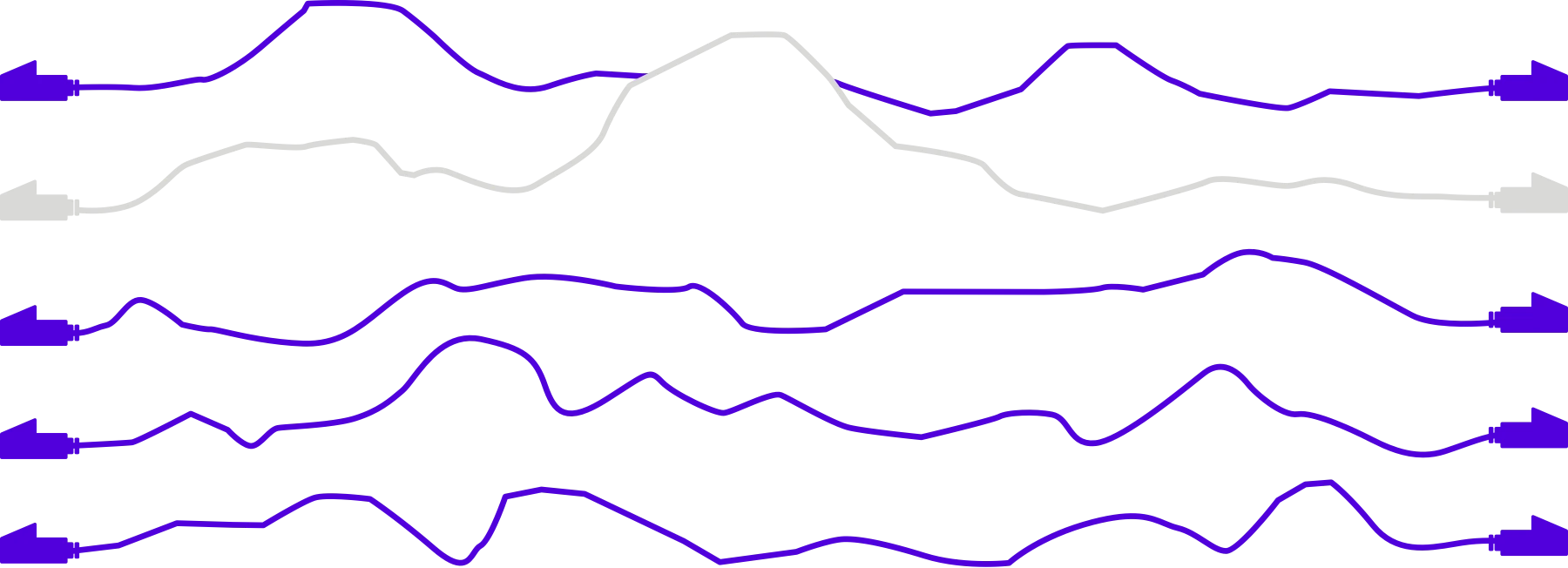
What is server side tagging in Google Analytics 4?
Server side tagging means that all measurements of user interaction with the website are collected on a tracking server. From here, we pass them on to services such as Google Analytics or Meta, depending on the user's consent.
With server side tracking, all website data is collected via a subdomain and a server configured for this purpose.
For example: A user calls up your homepage. The information first ends up on the tracking server. If the user has given their consent, we pass the information on to Google Analytics in order to analyse their user experience.
Server side tagging or server side tracking?
In this context, we often use the terms ‘server side tagging’ and ‘server side tracking’. Both mean the same thing and are used synonymously in the business.
What's the difference between server side tagging and client side tagging?
Client-side tagging is the tracking method we traditionally use to record website usage data. With client-side tagging, tracking codes are executed directly in the user's browser. When a user interacts with a website, this data is sent to Google Analytics, Meta or LinkedIn.
The measurement is therefore user-dependent: Client-side tagging relies on the user's browser to run tags. The user's browser must support and execute the JavaScript code. These codes are being blocked by more and more browsers, which suppresses tracking even if a user has agreed to the consent banner.

Why you should use server side tagging with Google Analytics 4
An increasing number of browsers are suppressing third-party cookies, which are important for measuring website usage and recording conversions via third-party providers (e.g. Meta Pixel or LinkedIn Pixel). We can tell from our customers that we only receive around 10% of the data on a regular basis.
With server-side tracking, all website data is collected via a subdomain and a server configured for this purpose. Therefore, data is no longer sent directly to Google, Meta and Co. but to a separate instance. Cookies are set by the subdomain in a first-party context and are not blocked by browser restrictions.
This allows us to control which data is sent to the service providers. If users consent, the data is collected without the browser settings preventing it.
In addition, server side tracking speeds up the website with a single call and increases data quality through a longer cookie lifetime.
Is server-side tagging data protection compliant?
The implementation of server-side tagging alone is not enough to make tracking compliant with data protection regulations. However, server-side tracking can be a component of a GDPR-compliant analytics setup if it is implemented and configured accordingly.
We can make server-side tracking GDPR-compliant by taking the following measures
- Data minimisation and purpose limitation
- Consent of the user
- Anonymisation and pseudonymisation
- Measures for data security
- Data processing agreement (DPA) for third-party services
- Documentation and accountability
Server side tagging for Facebook
With server side tagging, you can share data not only with web analytics tools, but also with Meta or LinkedIn. It allows us to capture more conversions and increase campaign effectiveness. It also helps us create even better retargeting audiences with more data.